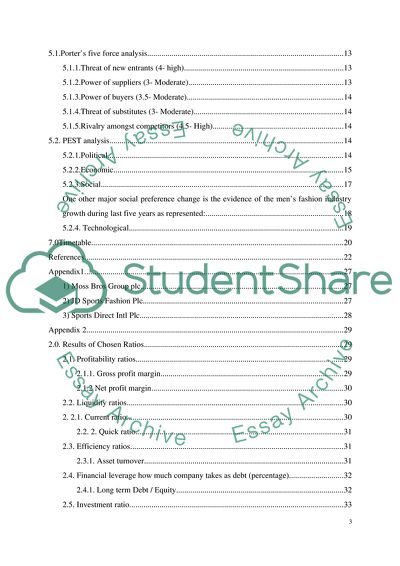Cite this document
(Competition and performance of UK Apparel Retailer Sector 1241 Essay, n.d.)
Competition and performance of UK Apparel Retailer Sector 1241 Essay. https://studentshare.org/finance-accounting/1855060-competition-and-performance-of-uk-apparel-retailer-sector-1241
Competition and performance of UK Apparel Retailer Sector 1241 Essay. https://studentshare.org/finance-accounting/1855060-competition-and-performance-of-uk-apparel-retailer-sector-1241
(Competition and Performance of UK Apparel Retailer Sector 1241 Essay)
Competition and Performance of UK Apparel Retailer Sector 1241 Essay. https://studentshare.org/finance-accounting/1855060-competition-and-performance-of-uk-apparel-retailer-sector-1241.
Competition and Performance of UK Apparel Retailer Sector 1241 Essay. https://studentshare.org/finance-accounting/1855060-competition-and-performance-of-uk-apparel-retailer-sector-1241.
“Competition and Performance of UK Apparel Retailer Sector 1241 Essay”. https://studentshare.org/finance-accounting/1855060-competition-and-performance-of-uk-apparel-retailer-sector-1241.


